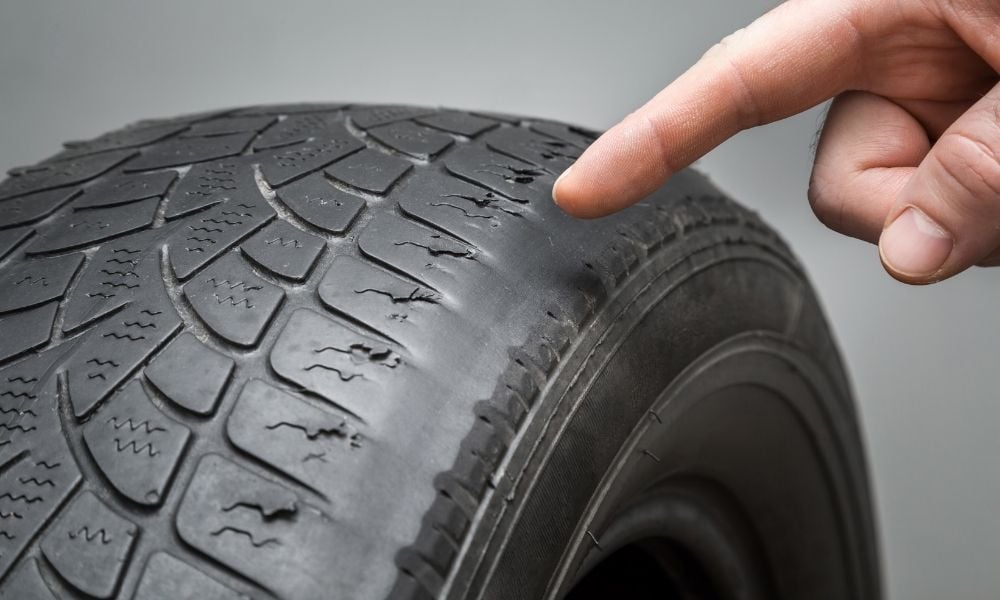
If you live in an area that experiences cold weather and snowstorms, you know the importance of driving on a good set of wheels. With winter quickly approaching, now is the time to examine your wheels and look out for any specific tire wear patterns. For insight on how to read tire wear patterns, keep reading below. We have provided a few common examples of wear patterns and what they look like.
Problems with the Tire Pressure
When you fill your tires with air, do you always check the tire pressure afterwards? This is an important step to take. Doing so can prevent the tire wear we mention here as well as reduce the threat of a flat tire or blowout. Here are two examples of wear caused by improper inflation.
Overinflation
If your tire is overinflated, the tire pressure will be elevated. If this has happened, you’ll notice a tire wear pattern focused in the center section of the tire. This is a clear indication of overinflation. This pattern occurs because the overinflation causes the contact block to shrink. As a result, the center section takes on the majority of the tire’s load.
Underinflation
Your tires can also be underinflated. When this happens, the tire pressure is too low, which causes the tread wear to look the opposite of that of an overinflated tire: the tire wear pattern will instead be on the outer edges. This is because the contact block grows and causes the outer edges to take on the majority of the load.
Tire Feathering
If you brush your fingers across the edge of your tire’s tread block or bar, you’ll be able to feel if your tire has feathering. You’ll feel a softer, smoother surface on the areas that are feathered down. If this pattern is located on the inside of the tread block, this indicates excess toe-in. If the pattern is located on the outside of the tread block, it indicates excessive toe-out.
Cupping or Scalloping
If you notice your tire has random dips in in the tread wear, this type of pattern indicates problems with your car’s suspension system. It could mean the parts of your suspension are loose, worn, or bent. Another possible cause is that your tires are unbalanced.
These examples will serve as a guide on how to read tire wear patterns. If you notice any of these patterns when you’re doing a tire safety check, it may be time for some replacements. Check out our website if you’re looking for 2013 Hyundai Elantra rims. We can help you replace the entire look of your wheels so that they’re ready for the winter season.


